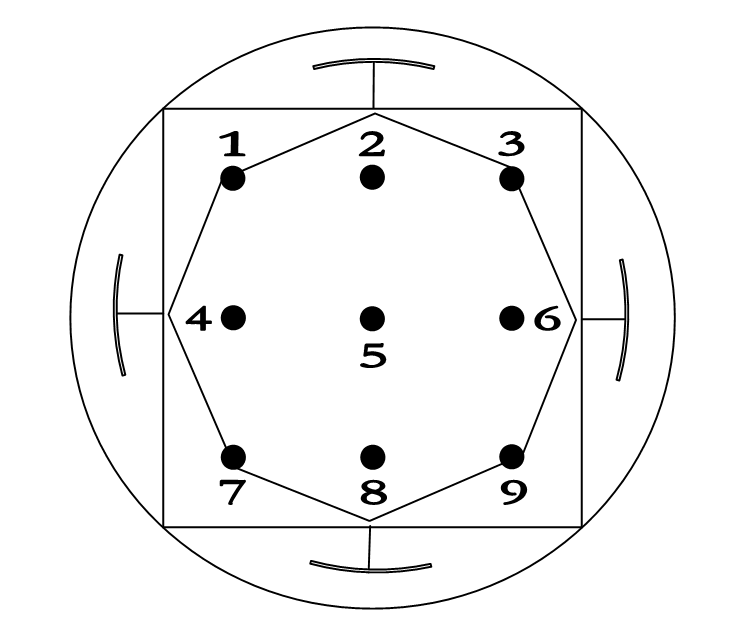Chislovaya Mandala Cheloveka Rasschitatj Onlajn
The Tibetan word for mandala is kyilkor, which means 'center and surrounding environment.' The mandala of the Kalachakra tantric deity includes the deity and his palace, which is also a representation of the mind of the deity. Kalachakra initiation is given on the basis of a mandala, the sacred residence with its residence deities, usually depicted in graphic form. The tradition employs a mandala constructed of colored sand which is carefully assembled prior to each initiation and the completed mandala is dismantled at the end as a lesson about the impermanence of life and the sands were used as an offering for world peace. There are different types of mandalas.
Overlake Clinics - Primary Care - Hospital Campus. Programma dlya podmotki spidometra mac. Overlake Medical Pavilion 1231 116th Ave NE Suite 400 Bellevue, WA 98004. Phone: 425.289.3100 Fax: 425.289.3103 Hours: Monday - Friday.
Although some can be openly explained, most are related to tantric doctrines that are normally supposed to be kept secret. The best known form of the Kalachakra mandala is the sand mandala, for which colored sand grains are painstakingly placed. This sand drawing represents a 3-dimensional palace of which every single detail has a symbolic meaning. A mandala is a symbolic representation of many aspects of a specific tantra. In the Kalachakra tantra, all elements of the mandala refer to the universe (outer Kalachakra), the body and mind (inner Kalachakra) and the practice (initiation, generation and completion stages).

Every detail of the mandala, from each deity to every adornments of the building, refers to time and the universe (Outer Kalachakra), physical and mental aspects of Kalachakra and ourselves (Inner Kalachakra), and also to aspects of the practice (Alternative Kalachakra).It should be noted that in the Kalachakra tradition, an unusual order of directions is followed in the description of the mandala. As usual (in Tibetan artwork), the Eastern direction (black) is directed to the viewer, or at the bottom of an image, but when going around the mandala, a somewhat complicated order is followed: clockwise from East to Southwest, clockwise from North to Northeast, and finally clockwise from West to Northwest.
